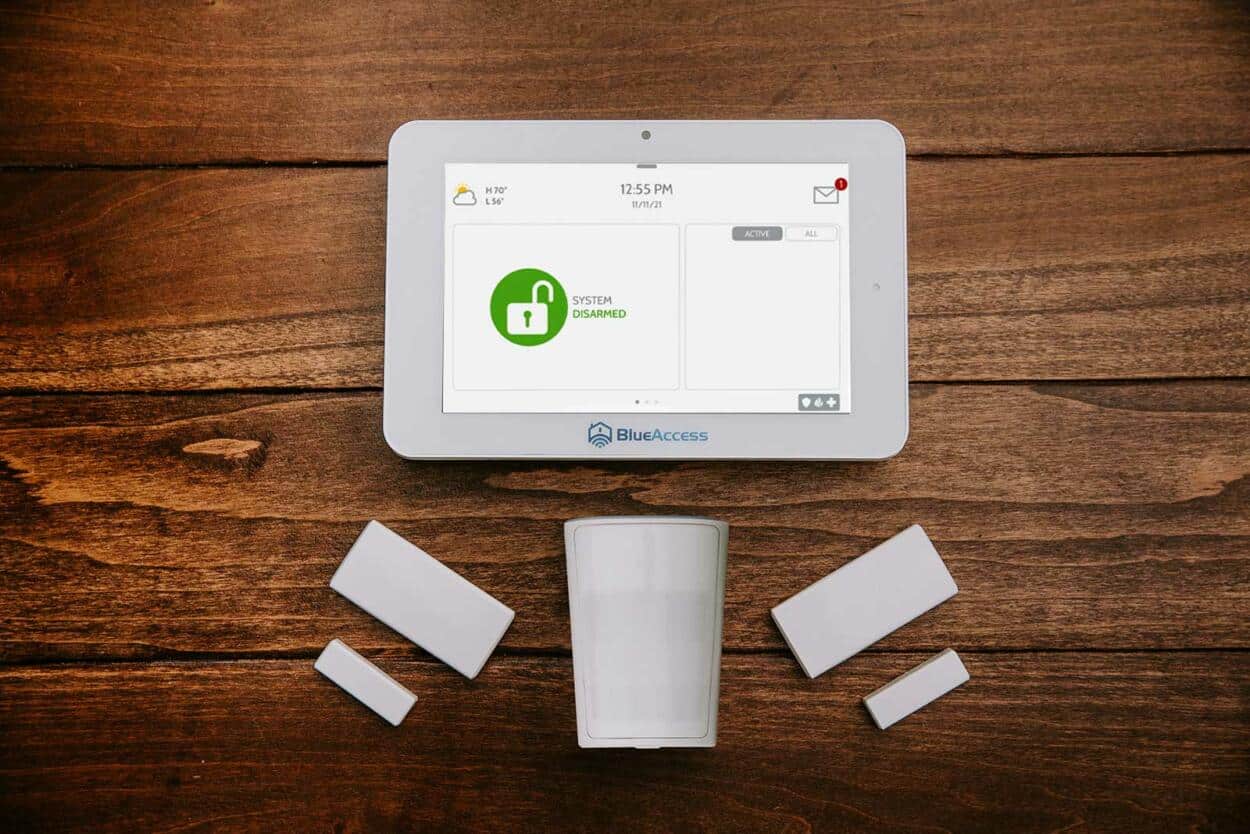The Difference Between Wired and Wireless Home Security Systems
BlueAccess uses wireless. Why should someone choose that over wired?
We live in an increasingly wireless world — our phones, our computers, even many household appliances seem to have cut the cord long ago. We get our TV shows via the internet, not over a cable, and even that is often wireless in many places now.
But what about our home security systems? There’s a growing divide between wired and wireless systems on that front, too, but what is the real difference between the two? Why should someone choose one over the other?
BlueAccess uses wireless systems and their customers feel the difference is well worth it for a number of reasons, including cost, flexibility and adaptability.
Wireless systems are a growing market and provide several benefits the old wired style of security system can’t compete with.
One of the biggest advantages of a wireless system is its DIY nature, allowing the homeowner to install the system in their home, along with its various components, without the help of a costly professional installation, and the expensive contract that often accompanies it.
Wired systems are, as the term suggest, connected to each component by wires, which almost always requires someone from the security company to install and connect the system properly. The process will often involved drilling and otherwise knocking holes in various places in order to make sure each camera, sensor and other device is wired into the central security panel.
This is a procedure that often proves impossible in apartments, where landlords usually forbid putting holes in any wall, and is less than desirable in a private home, too.

A wireless system allows you to place the security panel wherever you’d like, without drilling any holes, and the panel connects to each component via WiFi or radio waves. This can prove to be an issue if the WiFi goes down, but is little different than a power outage depriving a wired system of juice, even with a backup battery.
A wireless system can be installed personally, and can be easily expanded with new components – a wired system would usually require a return visit from the installer just to add a camera or other device.
And a wireless system allows you to use your security panel to turn your house into a smart home, as the panel can communicate with other appliances and power sources in the home, allowing you to turn lights on and off, open windows, turn on kitchen devices, change the thermostat, lock and unlock doors and much more from your smartphone.
A wireless system has its small share of drawbacks – keeping it charged, for one thing; a system with a dead battery does no one any favors. Reliance on WiFi can be a problem if your network drops, while radio waves can occasionally experience interference with similar devices, such as baby monitors.
But these are concerns that can be dealt with through careful monitoring and necessary adjustments. The flexibility of a wireless system — one you can grown and adapt at will, one you can take with you should you move to a new home, one that can be monitored from your smartphone and turn your home into an interconnected digital playground — is near endless and more than justifies any small issues you might face.
BlueAccess has several wireless system options on offer and can help you start creating your flexible, reliable home security system immediately.
Shop Our DIY Home Security Kits
YOUR JOURNEY BEGINS HERE
BlueAccess Starter

Begin securing your home with a pet-aware motion sensor, door sensors, a central security panel, and the mobile app.
TAKE IT TO THE NEXT LEVEL
BlueAccess Pro

This package includes all the features from our Blue Security Starter, but takes security outside the home with a video doorbell.
TOTAL HOME PROTECTION
BlueAccess Premium

Our Blue Security Premium package includes everything you need to get you home protected inside and out.










